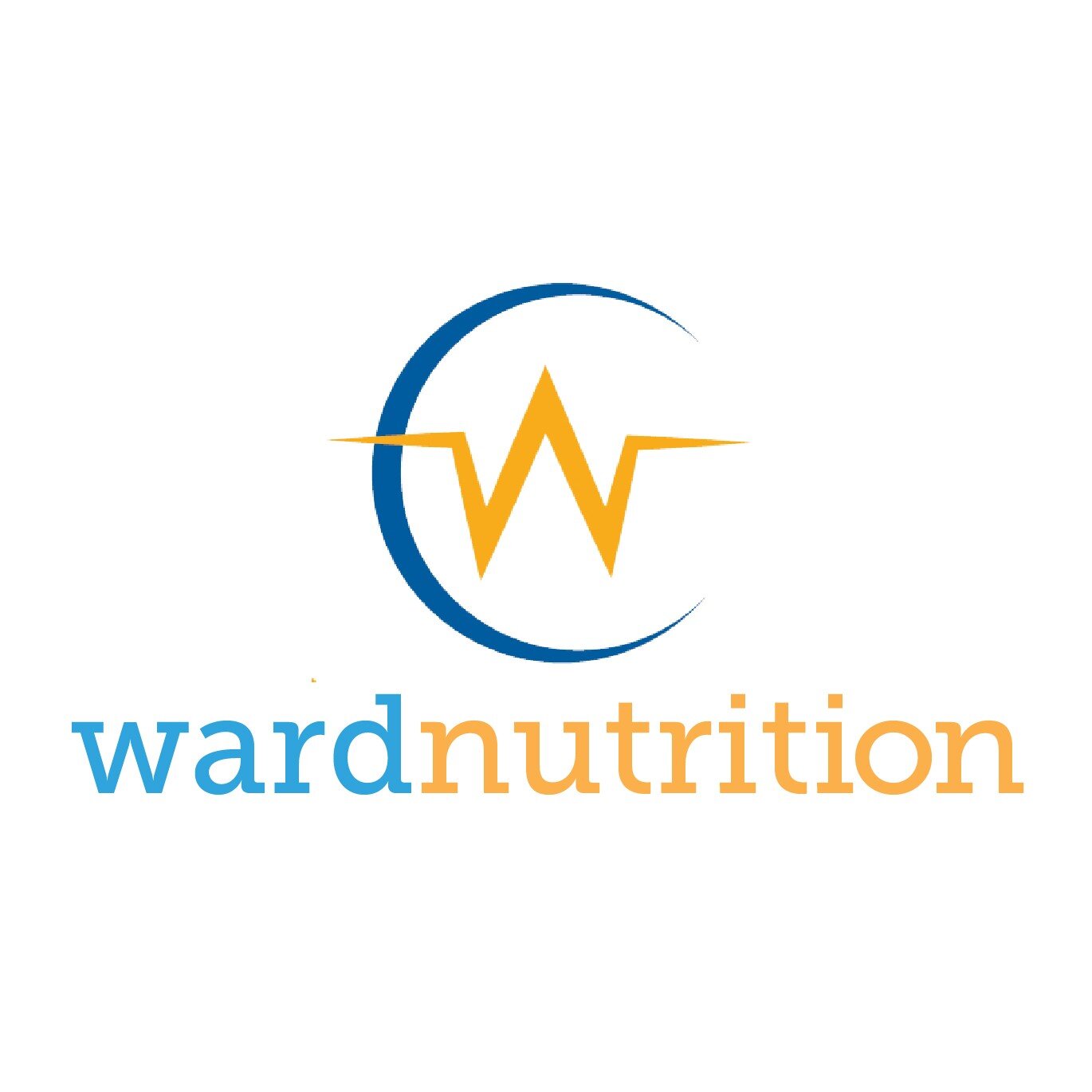All About Grains
What are wholegrains?
‘Whole grain’ is the term used to describe grains in their most natural form including all 3 layers: the inner germ, outer bran layer and endosperm.
Whole grains provide more than 26 nutrients and phytonutrients which have a whole range of nutritional benefits. Some of the key nutrients contained in whole grains include fibre, iron, magnesium, iodine, carbohydrates and B group vitamins (including thiamine and folate). When we process grain products, for instance refined white flour used in white breads and pastas, the outer layer of the grain is removed and with it many of these nutrients – particularly fibre.
Whole grain foods include wheat, brown rice, barley, rye, whole oats, corn, bulgur, sorghum, millet, triticale, quinoa*, buckwheat*, amaranth* and products made from these whole grains i.e. whole grain breads, pastas, crackers and breakfast cereals.
*Note: quinoa, buckwheat and amaranth are actually pseudo-cereal grains. This means they are not true grains, however, their nutritional profile is very similar to whole grains.
What are their benefits?
1. Protect against chronic disease
Studies have found that consuming 3 or more serves of whole grains a day has been associated with a 20 - 30 % lower risk of cardiovascular disease than those with lower intakes of whole grains. Whole grain intake has also been found to be associated with reduced risk of type 2 diabetes and various types of cancer. In particular, there is strong evidence that regularly consuming whole grains decreases the risk of developing bowel cancer.
2. General health and well being:
Studies have also found that eating more whole grains may contribute to maintaining a healthy weight. This is due to enhanced satiety when eating whole grain foods meaning we feel fuller for longer and prevent the need to snack on energy dense foods later on in the day. Whole grain foods can also promote good gut health due to various components they contain including fibre, resistant starch and prebiotics. This supports better digestion and feeds the good bacteria in our gut which may enhance our physical and mental well-being.
How much should I be eating?
The Grains and Legumes Nutrition Council of Australia have set a whole grain daily target based on scientific evidence of these health benefits. It is recommended that those 9 years and older eat 48g of whole grains each day this is 3 serves of whole grain foods. For children aged 3 – 8 years this is 32-40g daily and for children aged 1 – 3 years this is 24g daily, due to lower energy requirements for these age groups.
A serve of whole grain foods may include: Cooked grains - brown/red/black rice, quinoa, barley, buckwheat, amaranth, millet. Whole grain cereals - muesli/cereals containing whole oats, whole wheat or bran. Whole grain crackers - Vita-wheats, Ryvitas, corn thins, brown rice cakes.
How to add more whole grains to your diet…
So how can we add more whole grains into our diet and meet our 3 serves? Here are some simple tips and products you can look out for in the supermarket: -
Choose a wholemeal or whole grain bread
Choose a wholemeal pasta and brown or wild rice
Choose a whole grain cereal or oats for breakfast i.e. rolled oats, muesli, all bran, Weetbix
Try a new type of grain like buckwheat, quinoa or mixed grains to serve with curries, casseroles, salads or added to soups
Snacking on wholegrain crackers, popcorn or muesli bars with a high health star rating - Look for words like ‘whole grain,’ ‘whole wheat,’ or ‘100% whole grain’ on food labels
So what does this actually look like on your plate?
To add an extra serve or 3 to your day try any of the following meal and snack ideas…
Breakfast: 1 cup of warm porridge with banana and cinnamon = 3 SERVES OR 2 Weetbix topped with fresh fruit, yoghurt and milk = 2 SERVES
Lunch: 4 x Vita-wheat crackers with low fat cheese, sliced tomato and cucumber = 1 SERVE. OR A roast veggie salad with ½ cup quinoa served with grilled chicken or tofu = 2 SERVES
Snacks: 4 x Vita-wheat or Ryvita crackers dipped in hummus or your favorite veggie dip = 1 SERVE
Dinner: Chicken and vegetable soup with ½ cup barley mixed through = 2 SERVES OR Chickpea and pumpkin curry served with ¾ cup quinoa = 3 SERVES Dessert:
Try an apple crumble topped with whole oats…YUM!
Check out some of these recipes for more ideas:
Lunch/Dinner
Breakfast Recipes
If you need more information or want to speak to qualified dietitian, contact Ward Nutrition and speak with a Ward Nutrition dietitian - Abbey Tredinnick or Claire Ward, for advice.
References:
• Dahl, W.J., Stewart, M.L. Position of the Academy of Nutrition and Dietetics: Health Implications of Dietary Fiber. Journal of the Academy of Nutrition and Dietetics. 2015; 115(11): 1861–1870
• Grains and Legumes Nutrition Council - https://www.glnc.org.au
• Grains and Legumes Nutrition Council. “Grains and Cancer.” 2019
• Harvard T.H. Chan School of Public Health. “Whole Grains.” The Nutrition Source. 2019
.• Research WCRFAIfC. Diet, Nutrition, Physical Activity and Cancer: a Global Perspective. 2018.
Image sourced from: https://www.glnc.org.au/


